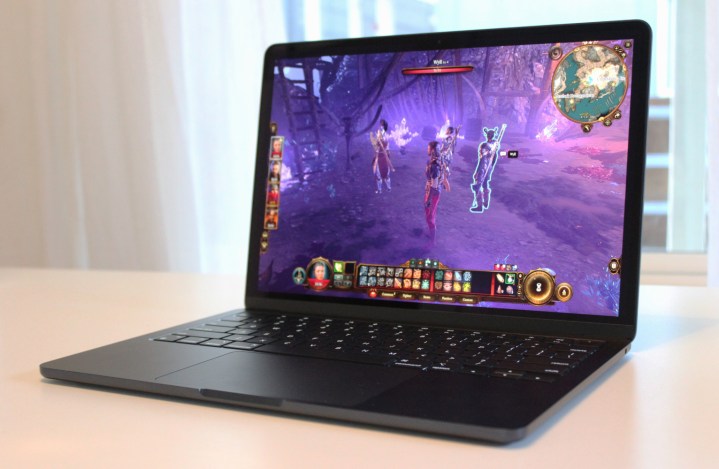
There are plenty of reasons to buy a MacBook Air instead of a MacBook Pro. If you want a MacBook on a budget, you don’t necessarily need the goodies that come with upgrading to the MacBook Pro.
That being said, I’m going to argue for spending a little more. In my experience, the MacBook Pro offers several distinct advantages that help justify a higher price, especially with the introduction of the more affordable MacBook Pro 14 with the base M3. If you can stretch your budget a bit, here’s why I think you should buy a MacBook Pro instead of a MacBook Air.
Setting the stage: pricing
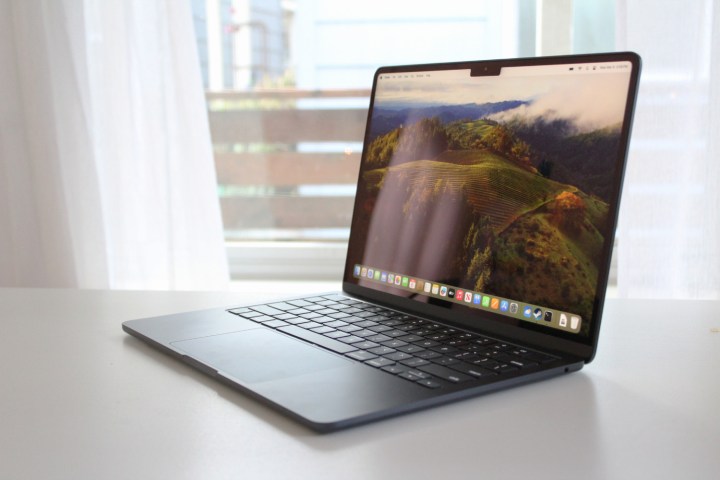
If you’re looking for the least expensive MacBook, the M2 MacBook Air starts at $999, which nets an 8-core CPU/8-core GPU M2, 8GB of RAM, and a 256GB SSD. I suggest the most budget-conscious buyers stop here and head to the Apple Store. That’s a great laptop for the money.
With that out of the way, we’re really comparing the M3 MacBook Air against the M3 (non-Pro and non-Max) MacBook Pro 14. The former starts at $1,099 with an 8-core CPU/8-core GPU M3, 8GB of RAM, and a 256GB SSD. The latter starts at $1,599 for an 8-core CPU/10-core GPU M3, 8GB of RAM, and a 512GB SSD.
The MacBook Air costs $1,299 with the same M3 chipset, RAM, and storage as the base MacBook Pro 14. Both laptops ramp up from there with the same $300 MacBook Pro premium. The high-end M3 MacBook Air costs $2,299 with 24GB of RAM and a 2TB SSD. The MacBook Pro 14 costs $2,599 with the same configuration.
I’m specifically considering the 13-inch MacBook Air rather than the 15-inch model, because the smaller model is closer in dimensions to the MacBook Pro 14. Both MacBook Airs are thinner and lighter, but in terms of desktop real estate, the 15-inch MacBook Air is the largest of the three. It’s also just $100 less than the equivalent MacBook Pro 14.
Apple Silicon laptops suffer worse performance with just 8GB of unified memory. So, for our purposes, I’m going to consider each laptop with 16GB of RAM. That’s $1,499 for the MacBook Air and $1,799 for the MacBook Pro 14, putting each firmly in premium laptop territory.
So, what does that extra $300 get you? As it turns out, quite a lot.
Similar performance, but the MacBook Pro has more headroom

Apple’s M3 processor provides solid productivity performance. In our review of the MacBook Air, the M3 chipset significantly improved over the M2 and put the MacBook Air in contention with Windows laptops running the popular Intel Core Ultra 7 155H chipset. Suffice it to say that the M3 MacBook Air is enough computer for many people, and while we haven’t tested the base M3 MacBook Air 14, I suspect it would show similar performance in our suite of benchmarks.
However, there’s one significant difference between the MacBook Air and the MacBook Pro 14. The former is insanely thin at just 0.44 inches and is also fanless, while the latter is just really thin at 0.61 inches and sports a more advanced thermal system, including fans.
A fanless laptop is undoubtedly a boon for working in quiet environments. However, because the MacBook Air is so thin and has no fans to keep it cool, it’s naturally more prone to thermal throttling, where the M3 chipset’s performance is limited to keep temperatures under control. The MacBook Pro 14 doesn’t have the same limitation, with more room to move air around and fans to spin up and keep the chipset running closer to full speed.
So, the MacBook Pro 14 will provide faster sustained performance for people running creative workflows and gaming. Many people won’t run into that limitation, or at least not as often, but some will. And those people might find the extra money worth spending just for that.
Oh, man, that display!
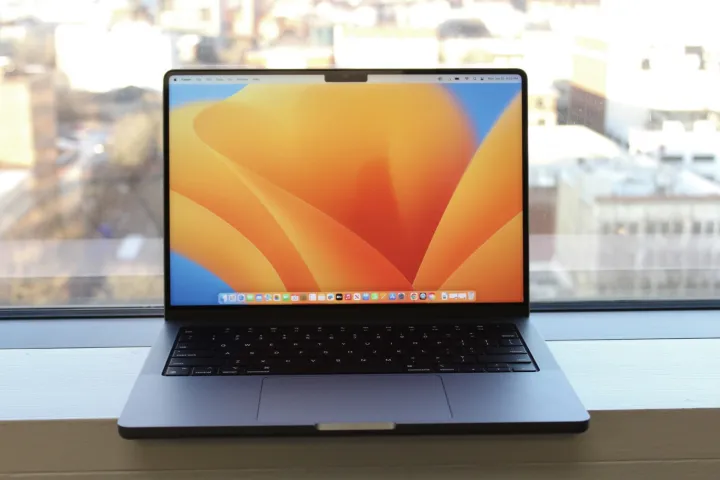
Perhaps the most significant difference between the MacBook Air and the MacBook Pro is in their respective displays. The MacBook Air has a 13.6-inch IPS display running at 2560 x 1664 and with a 60Hz refresh rate. The MacBook Pro 14 has a 14.2-inch mini-LED display running at 3024 x 1964 and up to 120Hz.
To begin with, the MacBook Pro’s display is sharper at 254 pixels per inch (ppi) versus the MacBook Air’s 224 pi. Both are very sharp, but the MacBook Pro’s display is larger and sharper. So, anyone who wants a more expansive display gets it with the MacBook Pro 14 without giving up sharpness. That will matter to some people. And the MacBook Pro’s faster refresh rate makes for a smoother macOS experience, which heavily depends on animations to provide its fluid appearance.
Even OLED can’t keep up in this regard.
At the same time, the MacBook Pro 14’s display uses mini-LED technology with 8,040 LEDs covering 2,010 local dimming zones. The MacBook Air uses standard IPS technology that uses far fewer LEDs. Technical details aside, this means the MacBook Pro 14’s display is much brighter while also providing OLED-like contrast levels and inky blacks. That’s with both standard dynamic range (SDR) and high dynamic range (HDR) content.
In our testing, the MacBook Pro 14 hit 562 nits of brightness in SDR mode compared to the MacBook Air’s 495 nits. More impressive is the contrast ratio, with the MacBook Pro 14 hitting 562,480:1 and the MacBook Air coming in at 1,480:1. Effectively, the MacBook Pro’s display has perfect black levels, which provides clearer images and video and combines with up to 1,600 nits of brightness to make for the best HDR performance in a laptop today. Even OLED can’t keep up in this regard.
Both displays have wide and accurate colors. The MacBook Pro 14’s display manages 100% of sRGB, 92% of AdobeRGB, and 93% of DCI-P3, with accuracy at a DeltaE of 1.2. The MacBook Air hit 100% of sRGB, 87% of AdobeRGB, and 99% of DCI-P3, with a DeltaE of 1.24. That makes the MacBook Pro 14 the better overall choice for creators, although both are very good displays.
It sounds better, t00
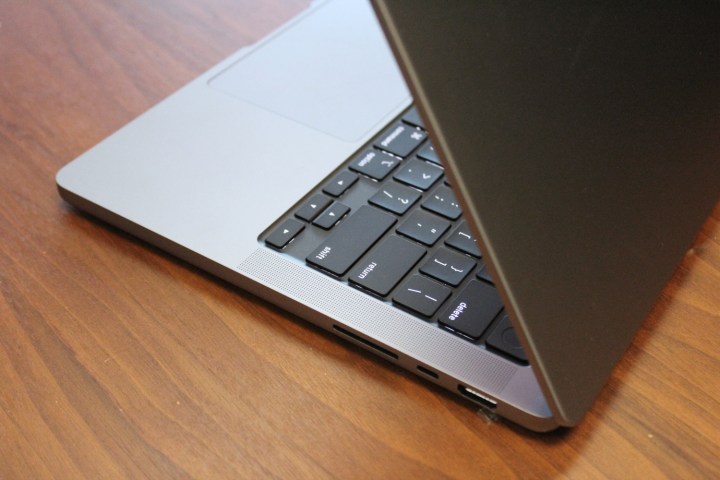
Both laptops have some of the best audio quality in laptops today. But once again, the MacBook Pro 14 comes out ahead.
The MacBook Air has four speakers that support Spatial Audio and Dolby Atmos. Its audio system supports Spatial Audio with dynamic head tracking when using Apple’s latest AirPods, along with high-impedance headphone support via the 3.5mm audio jack. The MacBook Pro, on the other hand, supports all the same features, but has a high-fidelity six-speaker sound system with force-canceling woofers.
If you compare the two side by side, you’ll find that the MacBook Pro 14 has louder and clearer sound with considerably more bass. The only laptop that’s better is the MacBook Pro 16. The bottom line is that the MacBook Pro 14 provides a meaningful bump in audio quality that’s worth spending a little more money.
More ports for the win
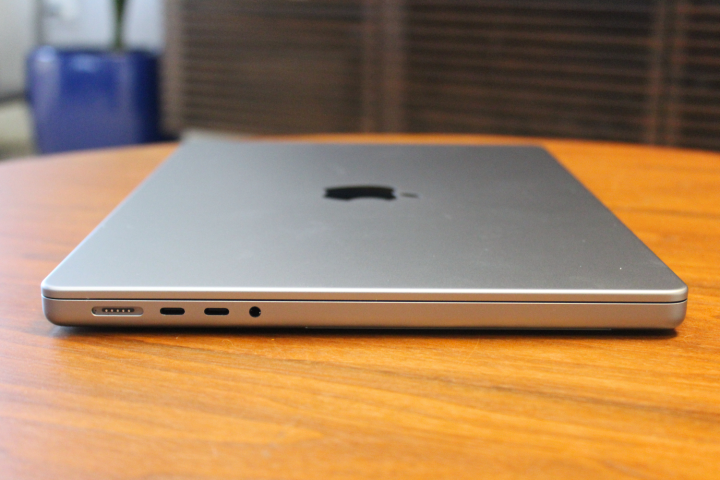
Finally, the MacBook Pro 14 has better connectivity. The MacBook Air is limited to two Thunderbolt 4 ports, a 3.5mm audio jack, and a MagSafe 3 connection. The MacBook Pro 14 has one more Thunderbolt 4 port, an HDMI connection, and a full-size SD card reader. That allows for connecting more devices without needing docks or adapters.
Interestingly, the M3 MacBook Air currently has one advantage over the MacBook Pro 14. Namely, the MacBook Air supports two external displays with the lid closed, while the MacBook Pro 14 with the base M3 supports just one external display in addition to the internal display. Apple has confirmed that the M3 MacBook Pro 14 will be updated to provide the same functionality, but as of macOS Sonoma 14.4, it’s not yet a feature.
So, is it $300 well-spent?
The MacBook Pro 14 offers potentially higher performance, a significantly better display, superior audio, and more connectivity. That’s at the cost of a thicker chassis and slightly higher weight (3.4 pounds versus 2.7 pounds) and a price that’s $300 higher.
I submit that the MacBook Pro 14 offers more value for the money for anyone on the fence about the two. And if you have even more money, the MacBook Pro 14 scales up into a spectacularly powerful 14-inch laptop that’s unrivaled in its performance and efficiency. But that’s another discussion entirely.


